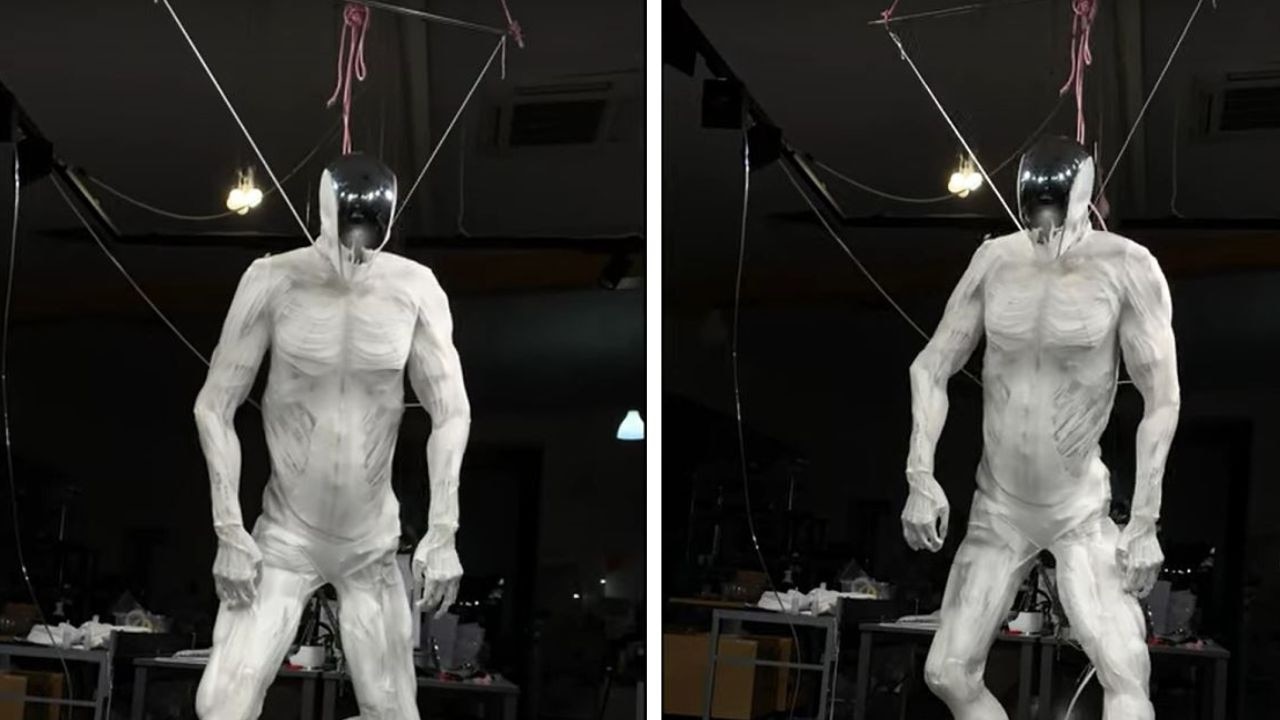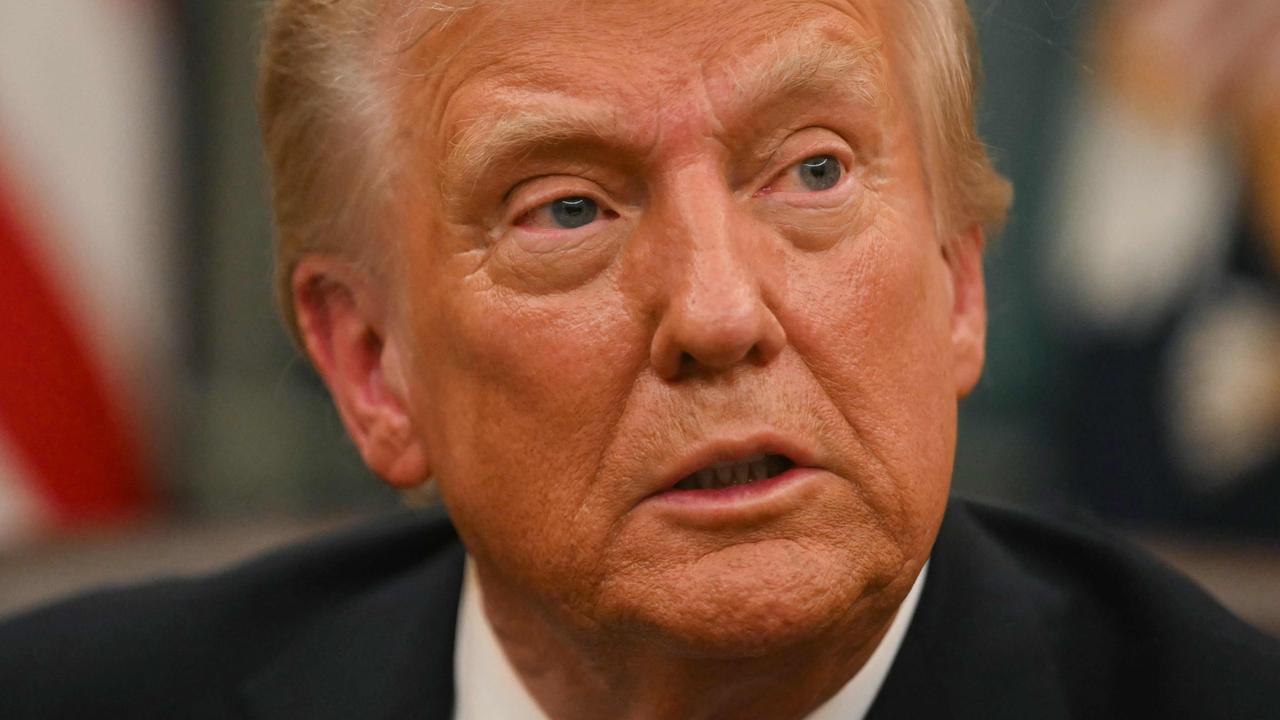China’s claim it has ‘quantum’ radar may leave $17 billion F-35 naked
CHINA claims its ‘quantum’ radar can detect stealth fighters. Does this mean our ultra-expensive F-35 is obsolete before we get it?
CHINA claims it has a radical new ‘quantum’ radar capable of detecting stealth fighters at great distances. Does this mean our ultra-expensive new F-35 is obsolete, even before we get it?
The RAAF’s first F-35’s will be making their debut Australian appearance at the Avalon air show this week. It’s not a combat-capable aircraft, yet, though the first partially operational US squadron of the type was deployed to Japan earlier this year.
But Beijing state media has boasted its scientists have successfully tested a new type of radar capable of defeating stealth technology at ranges out to 100km.
With a single stroke, such a capability would render the $US1 trillion F-35 Joint Strike Fighter program obsolete. This includes Australia’s $17 billion investment in some 72 examples of the controversial aircraft.
Existing radars cast beams of radio waves into the sky, with sensors detecting reflections from aircraft or ships. The whole point of stealth technology is to minimise such reflections.
But what if the beam was something other than a radio wave?
What if Albert Einstein’s mysterious “spooky action at a distance” could be harnessed?
Billions of dollars and decades of research invested in developing radio-absorbing materials and airframes optimised towards reflecting such waves away from a receiver would be made meaningless overnight.
For the first time, early warning could be given of an approaching stealth aircraft.
This would give defenders time to prepare and counter-attack.
So is it even possible?
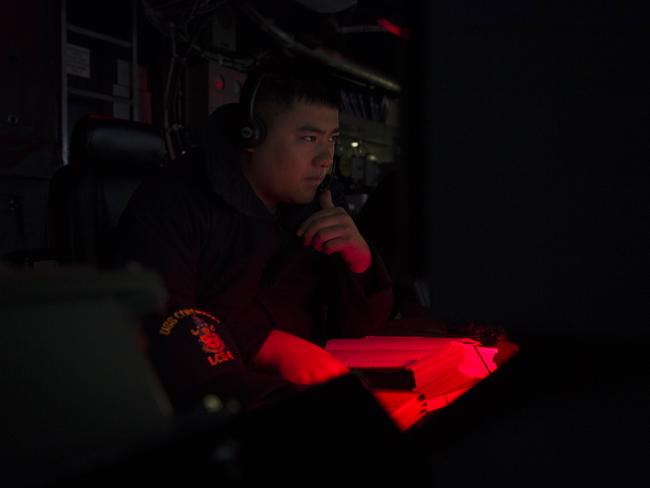
QUANTUM QUANDARY
The new sensor technology uses concepts on the edge of our scientific understanding.
And a Chinese state-owned technology group late last year declared it had mastered it.
The new technology had “important military application values” because it could identify aircraft and ships “invisible” to conventional radar systems, a press statement read.
Understanding that technology exposes its full potential.
A photon is a particle with wavelike properties that carries energy without mass. We usually hear of it in terms of light, but it is the basis of all electromagnetic radiation.
Where radar sends out a beam of photons as radio waves, quantum radar uses entangled photons.
Put simply, entangled photons are two separate photons that share a deep quantum link. The upshot is the photons mirror each other’s behaviour when one of them is influenced in some way.
DELVE DEEPER: Wargames explore a war with China
In terms of radar, a crystal can be used to ‘split’ such entangled photons and cast one into the sky.
For a time at least, the twin photons retain their ‘spooky’ link — mirroring the same responses to the environment the other encounters.
It’s a quirk of quantum physics which strained the understanding of Albert Einstein when he grappled with the idea in the 1930s.
Quantum radar would send out bursts of photons while retaining their ‘pairs’. The changes in behaviour of the retained photon would then reveal what’s happening to the photon in the beam.
Ultimately, the point is the same: the entangled photons bounce back to a sensor which can then compute course, speed and size.
But the use of tangled photons has a second major benefit over radio waves.
It’s not likely to be jammed.

UNBREAKABLE LOCK
Apart from absorbing or reflecting away its radio beams, conventional radar can also be jammed by transmitting ‘white noise’ on the same frequencies.
This isn’t possible with entangled photons.
While the photons are separated by their beam, they retain their quantum link.
Attempting to break that link would be a giveaway. And any attempt to distort the behaviour of one of the pair would be equally noticeable.
The same applies to advanced materials.
Where modern composites can ‘trap’ radio waves within their molecular structure, whatever happens to an entangled photon would be replicated — and measured — in its paired mate back at the radar site.
HYPOTHETICAL: Can Australia put up a fight?
And different materials affect protons in different ways.
Because of this, analysts say quantum radar could ultimately be capable of determining what an aircraft is made of — or even carrying.
At one level this would eliminate the effectiveness of decoys. At another, it could identify which aircraft — or missile — is carrying nuclear warheads.
And, unlike existing radar, their transmissions would not be detectable.
Any stealth aircraft would not know it had been ‘seen’.
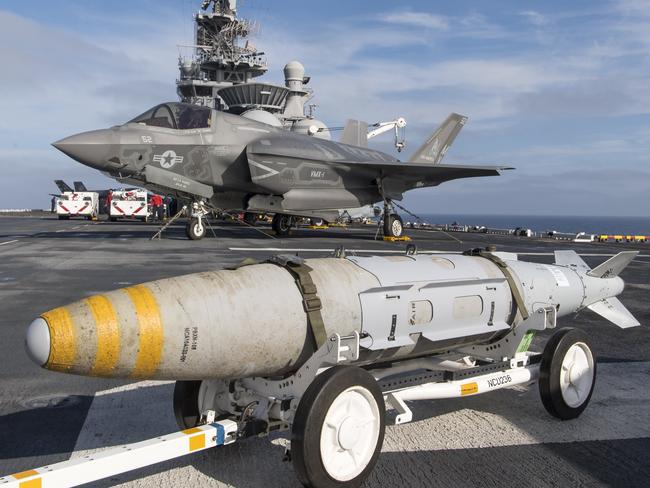
STEALTH SHOT-DOWN?
The implications of such quantum radar are enormous.
If true, it could negate the effectiveness of the single aircraft in which all the West’s defence hopes lay — the F-35 Joint Strike Fighter.
This controversial aircraft is 10 years overdue and billions of dollars over budget.
And this is all due to its complete reliance on an ability to fly unseen.
What if it was visible?
It carriers fewer weapons, flies slower and is less manoeuvrable than its predecessors. But all this was justified on the basis that its design was optimised to be invisible to radar.
Take that invisibility away and the F-35 looks much less capable than its counterparts.
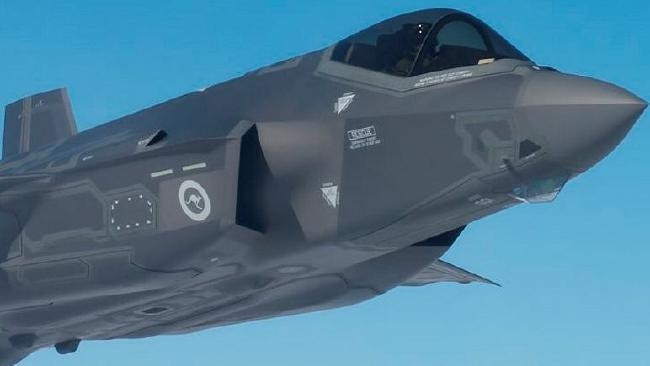
REALITY CHECK
Despite the ominous sounding properties of this unbeatable radar, the foibles of quantum mechanics make the actual exploitation of such technology incredibly difficult.
Photon pairs degrade. The longer one photon remains in the outside environment, the more stress is placed on the link with its partner. It’s called quantum decoherence.
This has implications for a quantum radar’s maximum range: keeping the photons paired for the time it takes one to cover 100km represents an enormous technical challenge.
Maker of the F-35 Lockheed Martin has itself been attempting to develop the new technology over the past decade. Its progress remains unreported.
Beijing media asserts successful tests of China Electronics Technology Group Corporation (CETC) quantum radar has produced results “500 per cent” better than Western examples.
The truth of this is likely to remain unknown for some considerable time, given the defence and corporate secrecy attached to such projects.

